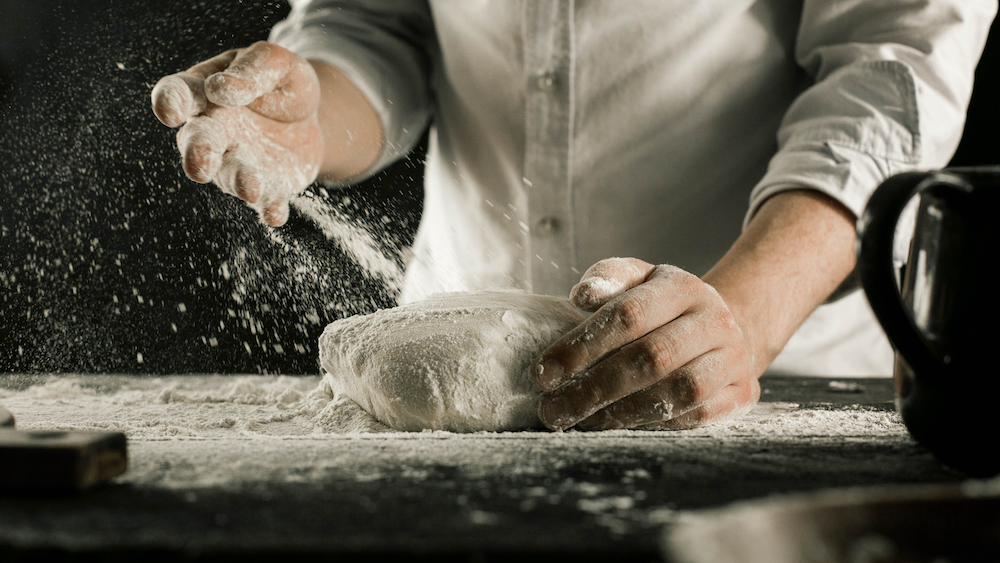Working with flour is both a science and an art. So, for our September 2016 article, “Unlocking the Mysteries of Flour,” we asked one food scientist and two pizza artists to share a few must-know tips. Two of them are living pizza legends—Jeff Varasano of Varasano’s Pizzeria in Atlanta and Roberto Caporuscio of Keste Pizza & Vino and Don Antonio in New York. Sadly, the food scientist, Tom “The Dough Doctor” Lehmann, passed away in December 2020. But we know he’d want us to continue sharing his wisdom with our readers, and these tips are still important to remember today, so here they are again.
1. If you’re freezing your dough, use a flour with a higher protein content. It will help the dough last longer. —Tom Lehmann
2. If you freeze flour for 30 days and then move it to the fridge, it can last for years as long as you keep it stored in the refrigerator. —Tom Lehmann
3. Despite feeling dry, flour can actually be about 15% water. However, this can vary by a few points. So if you have a recipe that calls for 62% hydration and a particular batch of flour has just 13% water rather than its normal 15%, your recipe can be off by those 2 points. You have to be flexible and use your experience to look at the texture of the dough. Flour is a natural product and can vary just like any of your produce. —Jeff Varasano
4. Flour can have a shelf life up to one year if stored in a 60° to 70°F environment free of excessive humidity. Three months is the recommended storage time unless refrigerated. —Tom Lehmann
5. You can get a more natural rise in your dough with a small amount of yeast. I recommend using 2 grams of yeast, 1 liter of water, and 50 grams of salt in 1.7 kg. of flour. —Roberto Caporuscio, Kesté Pizza & Vino and Don Antonio by Starita, New York, N.Y.













